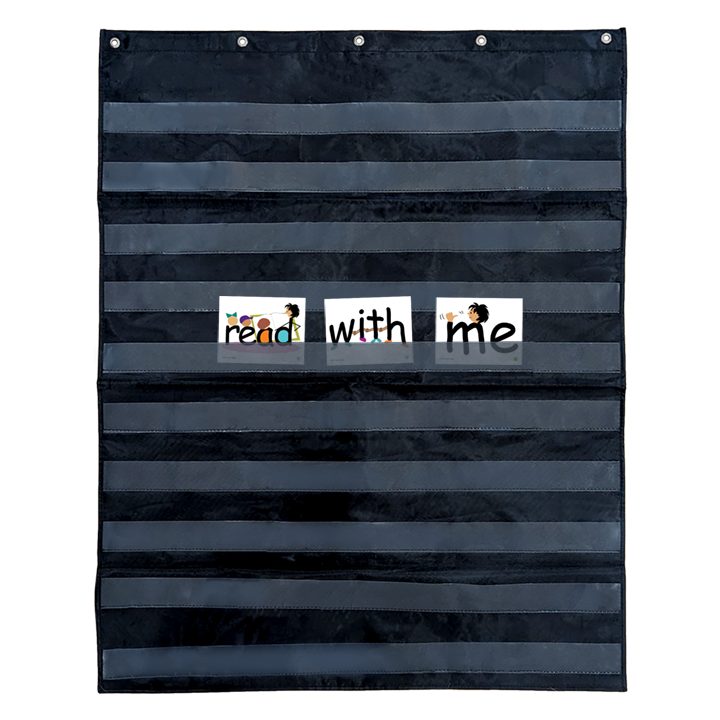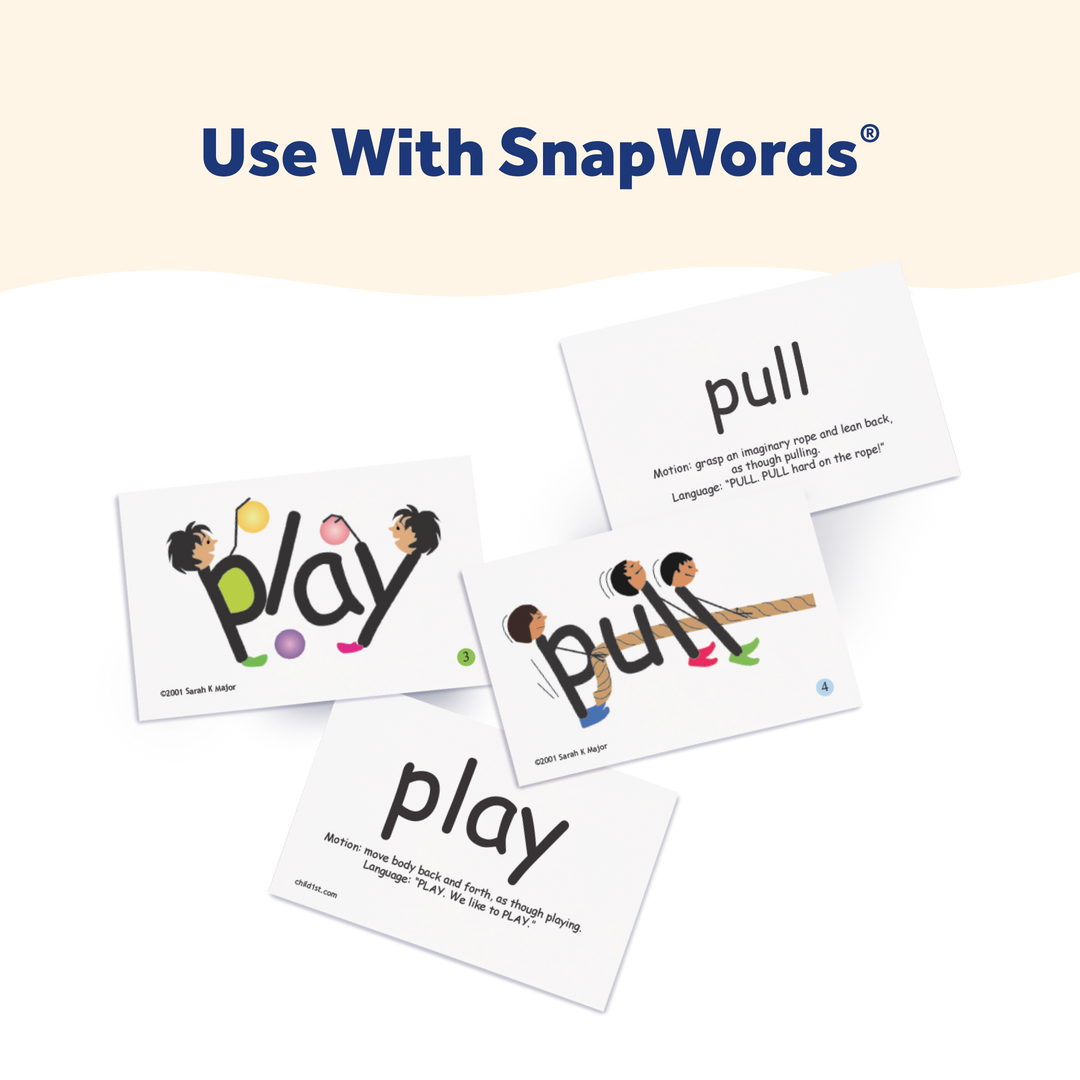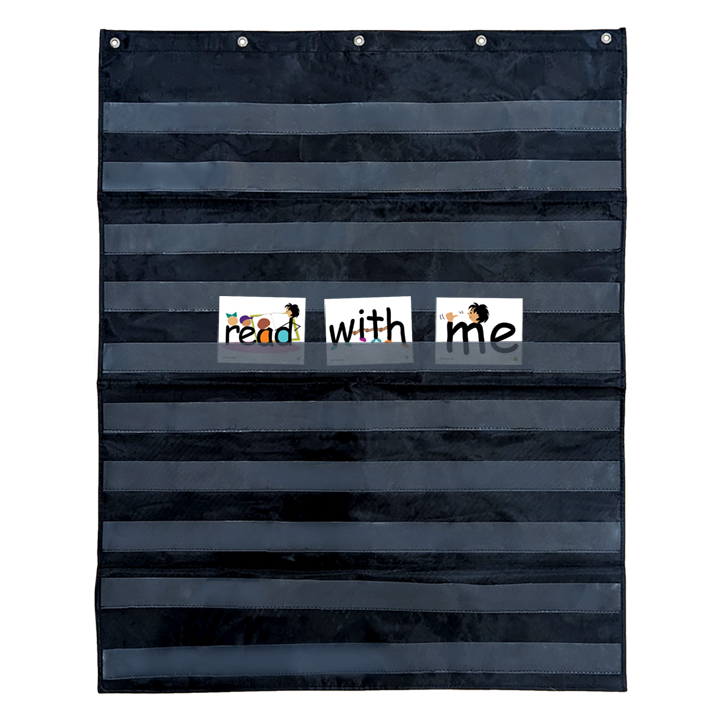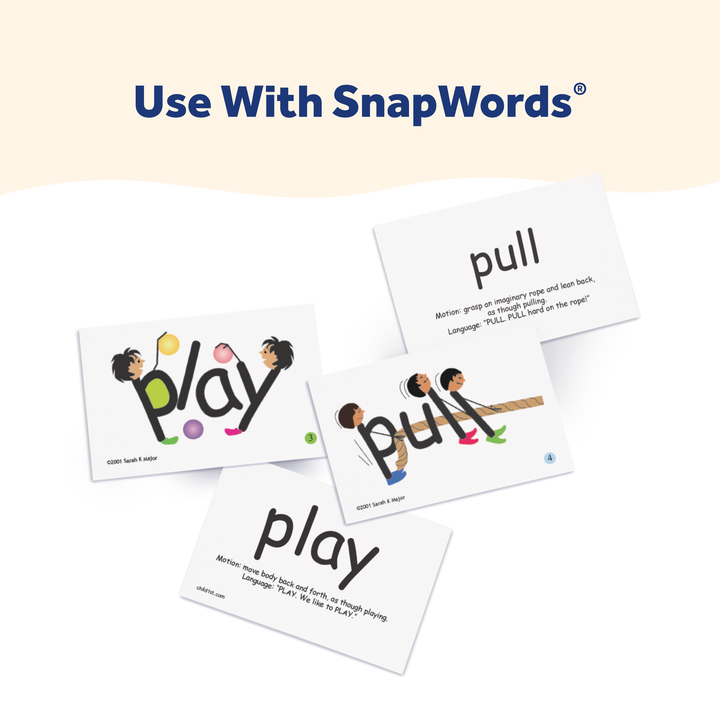Description
Product Specs
Related Articles
Tools & Resources
Use this pocket chart to create an independent SnapWords® center. Slots are perfect to hold our SnapWords® Pocket Chart Cards & Teaching Cards for sentence-building, sentence unscramble, and more. Cards shown in the pocket chart are not included.
This item is 34" wide x 44" long, featuring 10 clear pockets, spaced 4" apart.
You may also like
FAQs
Recently viewed












